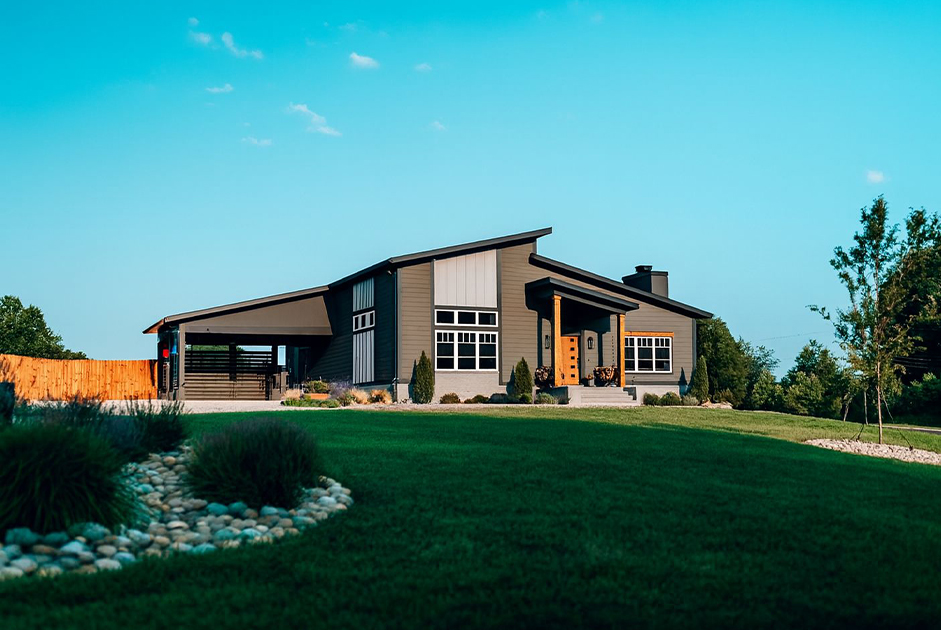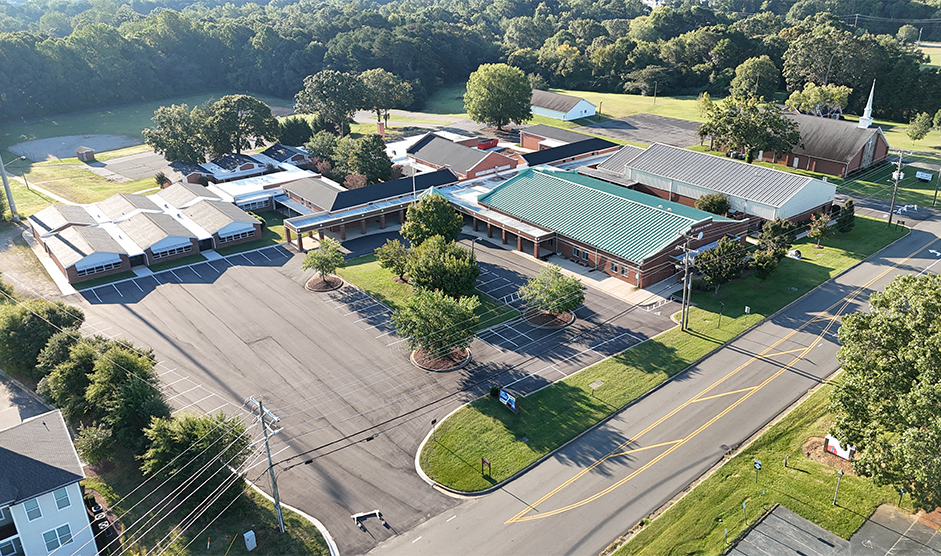The last four months of the year, the -ber months, are my favorite. The still bright blue skies and warm breeze of September, the rainbow of color in the October trees, the crisp cool air of November and the evergreen smells of nature that we bring indoors to enjoy in December. The mosquitoes are gone, the constant sweaty drag of the summer is over and it’s finally enjoyable to be outside digging in the dirt again.
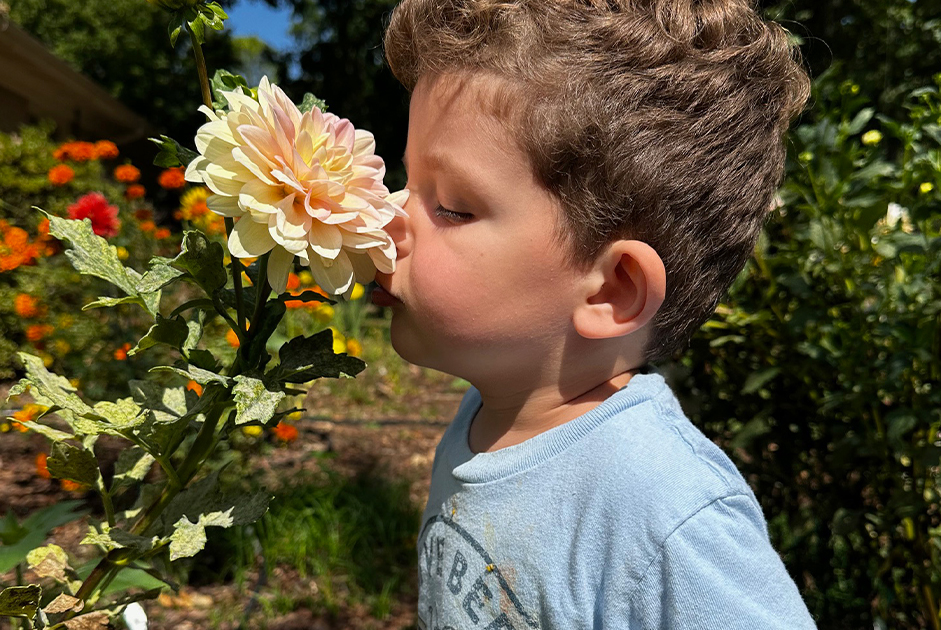
There were so many moments this year that I wanted to just throw in the trowel and say, “forget it.” But, with every bouquet I pull together, walking through my chaotic and mistake-filled garden, I’m grateful that I stuck it out. September was full of reflecting on this growing season and planning for the year ahead. We are starting seeds early, utilizing more of our yard and planting more of the varieties that grew well and provided good vase life. Zinnias and snapdragons were big winners that we’ll be growing more of in 2025.
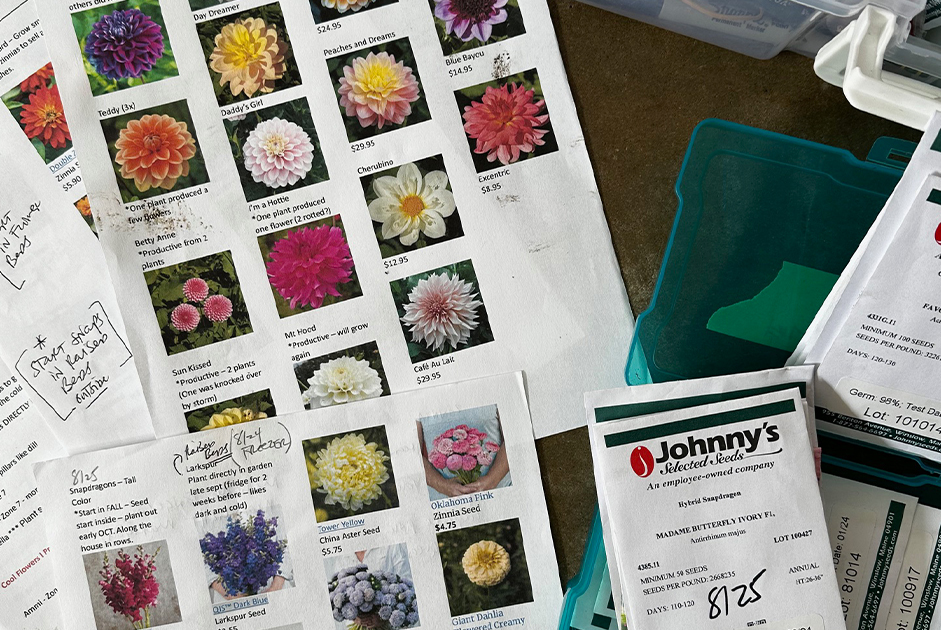
Flowers continue to bloom, but this month is earmarked for a lot of clean up, new planting and executing on our 2025 plans. We are pulling up annuals and resetting garden beds. I now know how to not kill seedlings, so I’ll never make that mistake again. We are collecting seeds from zinnias, cosmos, marigolds and strawflowers to dry and plant in the spring. We are starting seeds for snapdragons, feverfew, scabiosa and larkspur that need the cold weather for optimal growth.
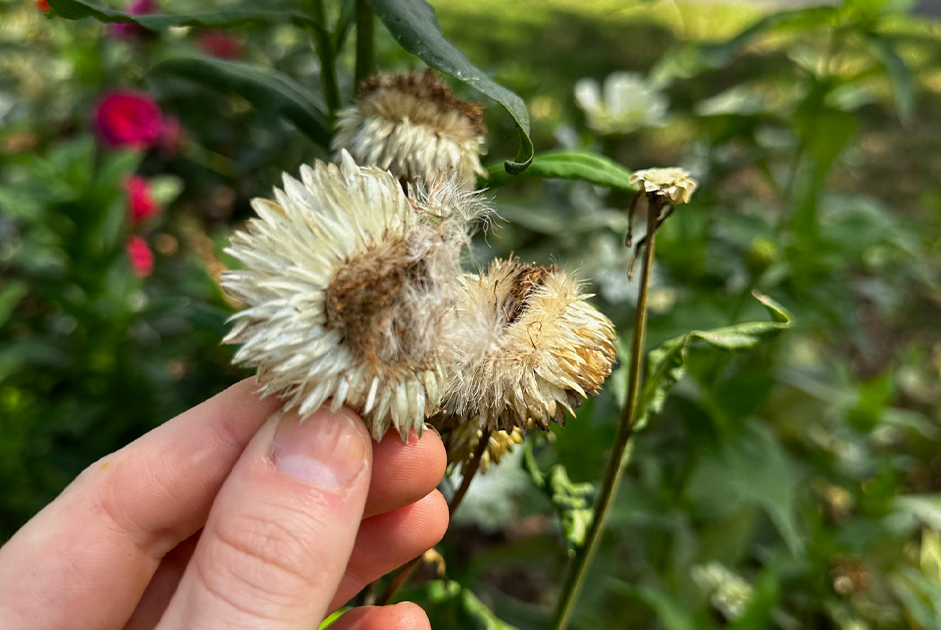
I’ve now really seen how plants grow, how much space and support they need and how I could space them more efficiently throughout various beds in our yard. I lost a lot of productive plants because they were knocked over in strong weather. We did not consistently stake our flowers this year which would have helped many of our zinnias and dahlias. We will absolutely be staking and netting for support in the year to come. I don’t love the look of flower “crop rows,” but we are growing flowers to efficiently gather and sell, so rows with space around them to collect flowers are helpful. Still, I’d like to find a way to support some of the taller branching flowers by shorter shrubs, annuals or grasses. I’m currently working through an idea that involves mixing together zinnias and ornamental grasses. I’ll likely do a mix of both.
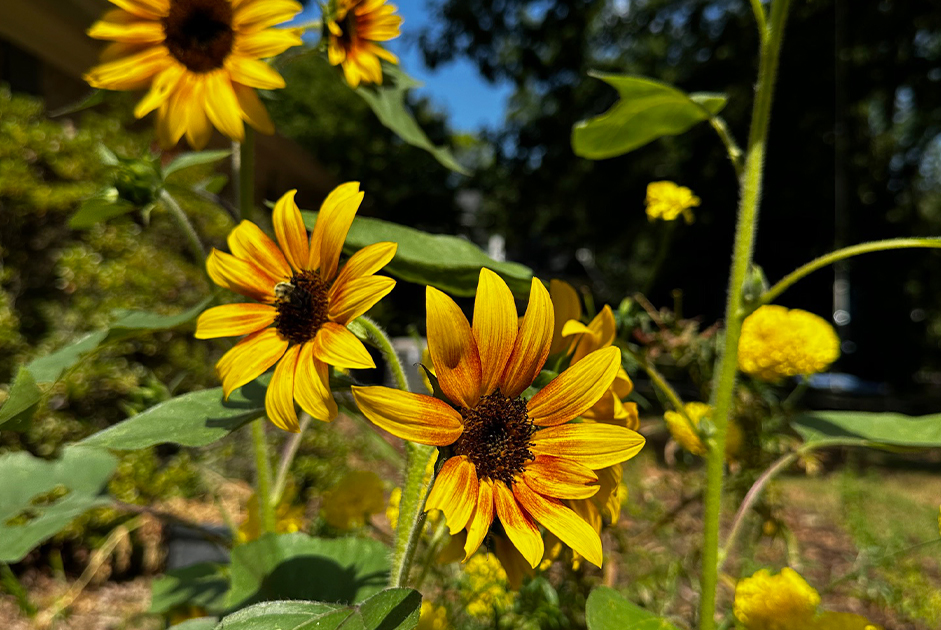
It’s pretty wild how the seasons work. Just as you’re about to fall over dead from the heat of summer and the chaos of the messy exhausted cut gardens, the weather cools and you get a renewed sense of energy and excitement for starting all over again. We’re getting in some serious work before the -ber months get to be too “burr.”














